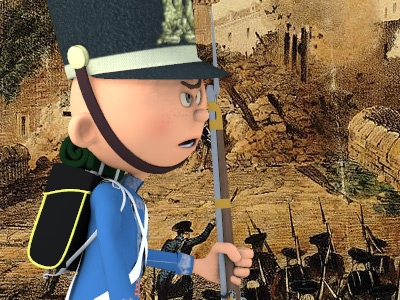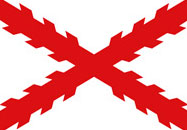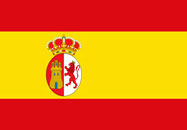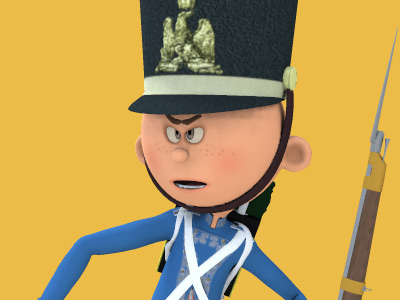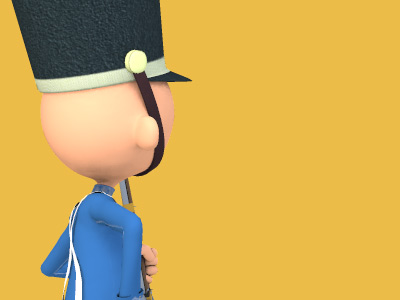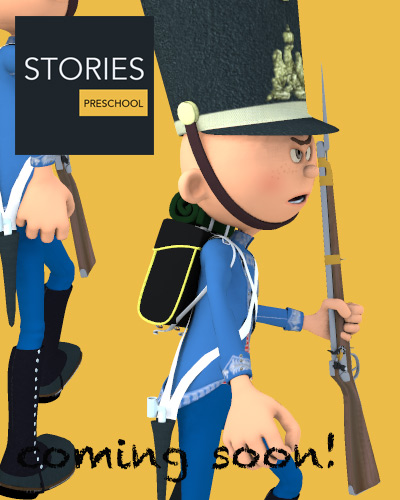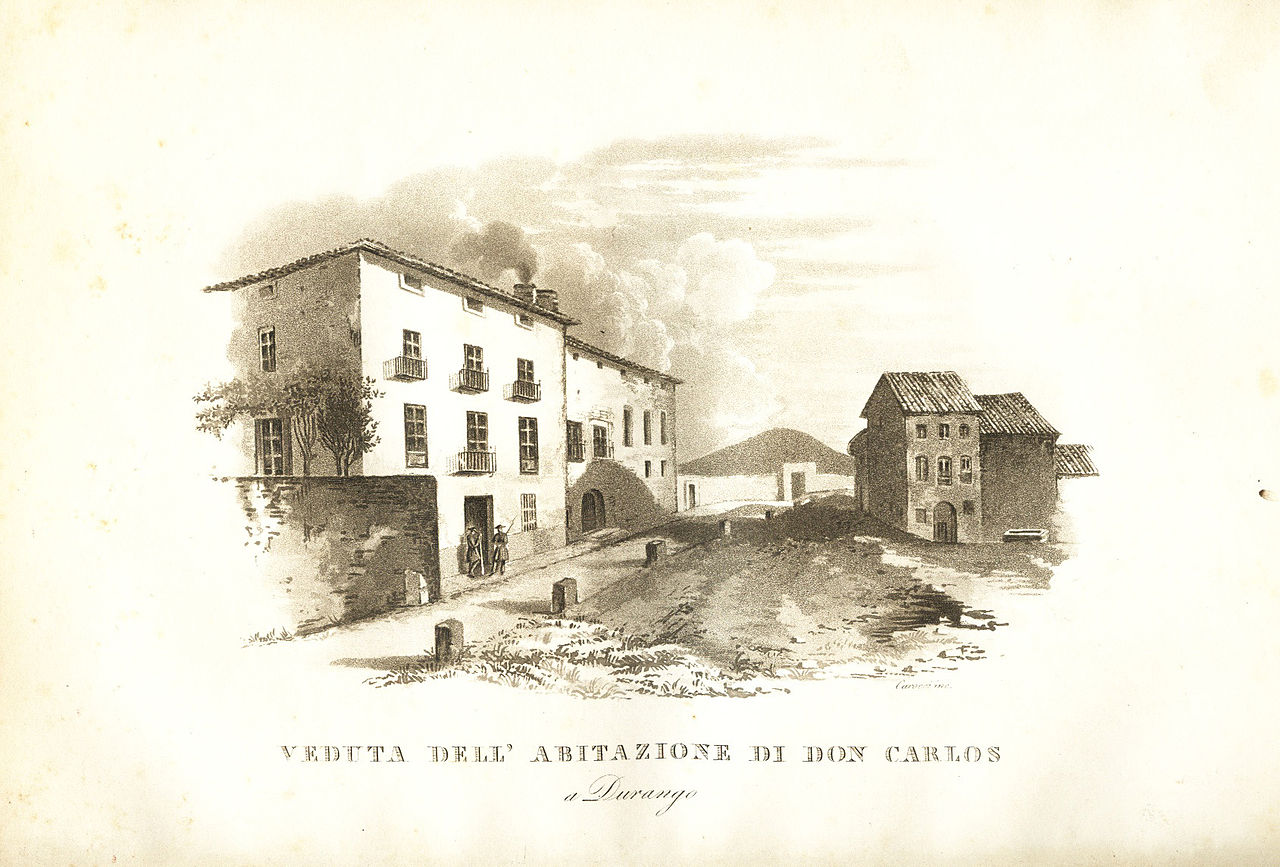First Carlist War (1833 to 1839)
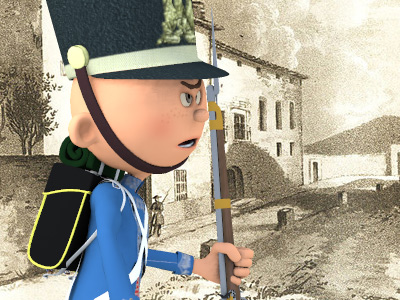
Consequences
The Embrace of Bergara (August 1839) put an end to war in the Basque districts. The Basques managed to keep a reduced version of their previous home rule (taxation, military draft) in exchange for their unequivocal incorporation into Spain (October 1839), now centralized, and divided into provinces.

Spain in 1854. It shows what areas remained with different law, tax and military draft systems after the First Carlist War, merged into a sole Spanish jurisdiction after the Third Carlist War (1876).

Spain in 1854. It shows what areas remained with different law, tax and military draft systems after the First Carlist War, merged into a sole Spanish jurisdiction after the Third Carlist War (1876)
( Click image to enlarge)
The October 1839 Act was confirmed in Navarre, but events took an unexpected turn in Madrid when General Baldomero Espartero rose to office with the support of the Progressives in Spain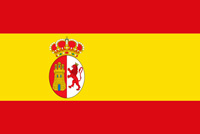 Spain or the Kingdom of Spain, is a country primarily located in southwestern Europe with parts of territory in the Atlantic Ocean and across the Mediterranean Sea. A major country of the Age of Discovery, Spain began the colonization of the New World in 1492 developing one of the largest empires in history and underpinned the emergence of a global trading system primarily fuelled by precious metals.. In 1840, he became premier and regent. The financial and trading bourgeoisie burgeoned, but after Carlist war the Treasury's coffers were depleted and the army pending discharge.
Spain or the Kingdom of Spain, is a country primarily located in southwestern Europe with parts of territory in the Atlantic Ocean and across the Mediterranean Sea. A major country of the Age of Discovery, Spain began the colonization of the New World in 1492 developing one of the largest empires in history and underpinned the emergence of a global trading system primarily fuelled by precious metals.. In 1840, he became premier and regent. The financial and trading bourgeoisie burgeoned, but after Carlist war the Treasury's coffers were depleted and the army pending discharge.
In 1841 a separate treaty was signed by officials of the Council of Navarre (the Diputación Provincial, established in 1836), such as the Liberal Yanguas y Miranda, without the mandatory approval of the parliament of the kingdom (the Cortes). That compromise (called later the Ley Paccionada, the Compromise Act) accepted further curtailments to self-government, and more importantly officially turned the Kingdom of Navarre into a province of Spain (August 1841).
In September 1841, Espartero's uprising had its follow-up in the military occupation of the Basque Country, and subsequent suppression by decree of Basque home rule altogether, definitely bringing the Ebro customs over to the Pyrenees and the coast. The region was gripped by a wave of famine, and many took to overseas emigration at either side of the Basque Pyrenees, to America.
Espartero's regime came to an end in 1844 after the moderate Conservatives gained momentum, and a settlement was found for the stand-off in the Basque Provinces.
HISTORY
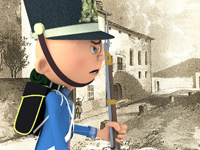
RESOURCES
This article uses material from the Wikipedia article "First Carlist War", which is released under the Creative Commons Attribution-Share-Alike License 3.0.
© Stories Preschool. All Rights Reserved.
